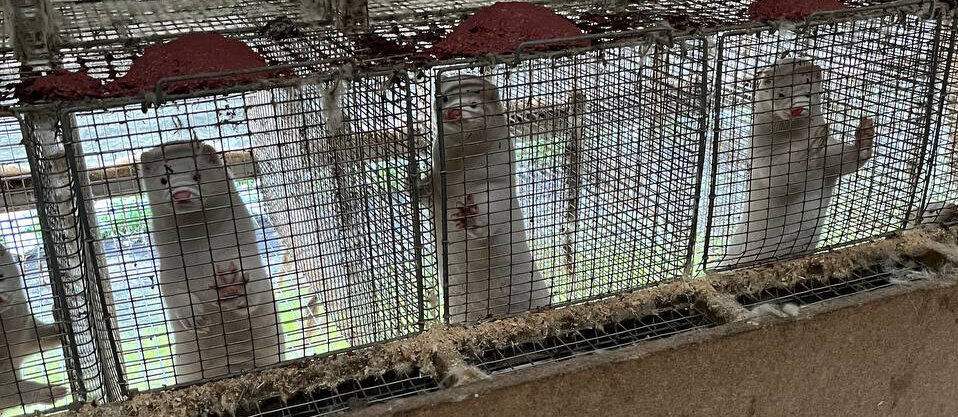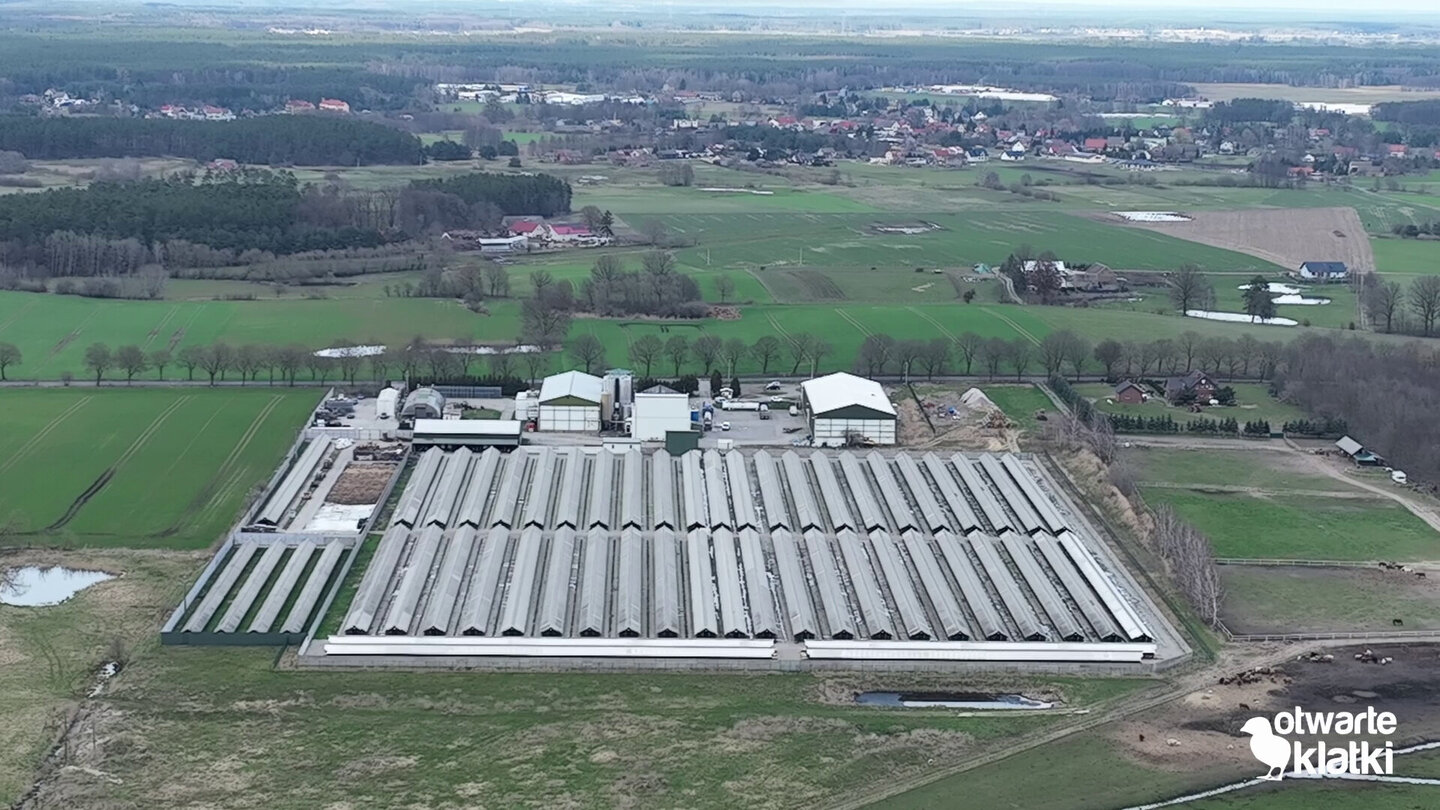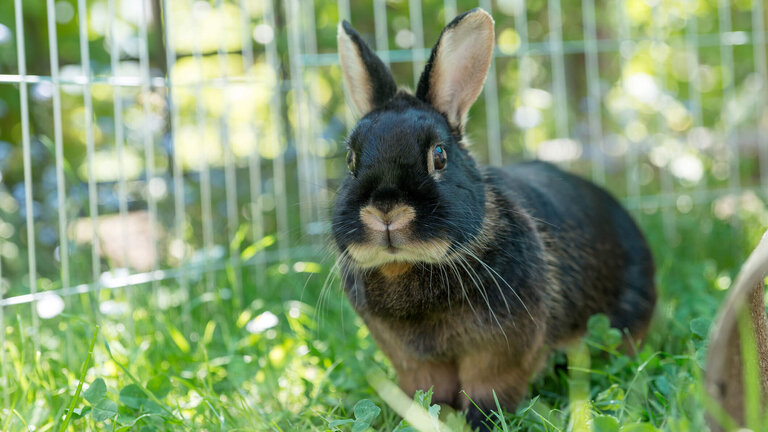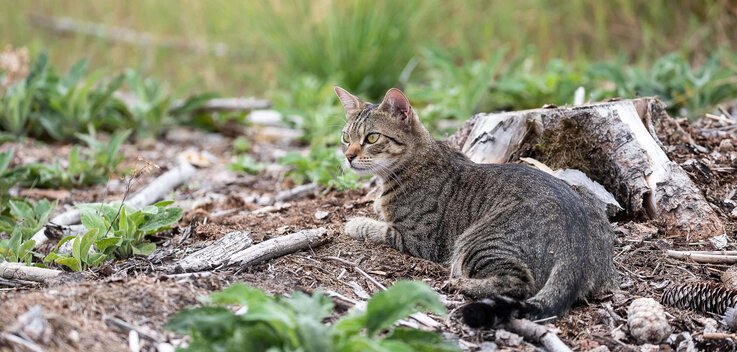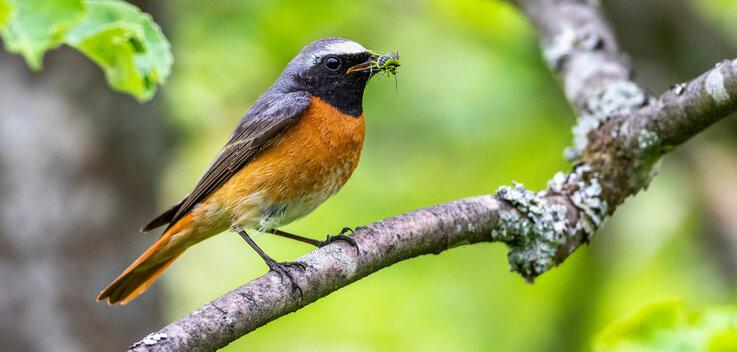A new draft law could finally lead to a ban on fur farming in Poland - a meeting between politicians and members of the Fur Free Alliance, a coalition of 40 international organizations, has now taken place in Warsaw to push this forward. The German Animal Welfare Federation was also present.
Minks that are crammed into cramped metal mesh cages, employees who brutally beat minks to death, decomposing animal carcasses in open garbage cans - the extent of the cruelty of the recently uncovered conditions on a fur farm in Poland is simply unimaginable. The footage has now been published by Otwarte Klatki, a Polish partner organization of the German Animal Welfare Federation. The organization had infiltrated an undercover employee on a huge mink farm in the district of Lubusz in western Poland, who spent five weeks at the end of 2023 documenting the abuses taking place there. The farm belongs to the Dutch family business Van Ansem, which is one of the largest fur producers in the world. It has been active in this industry since the 1960s - and in Poland since 1991, where it operates fur farms not only in Lubusz, but also in the districts of West Pomerania, Kujawsko-Pomorskie and Wielkopolska. Van Ansem also has fur farms in Romania, Latvia and the USA.

